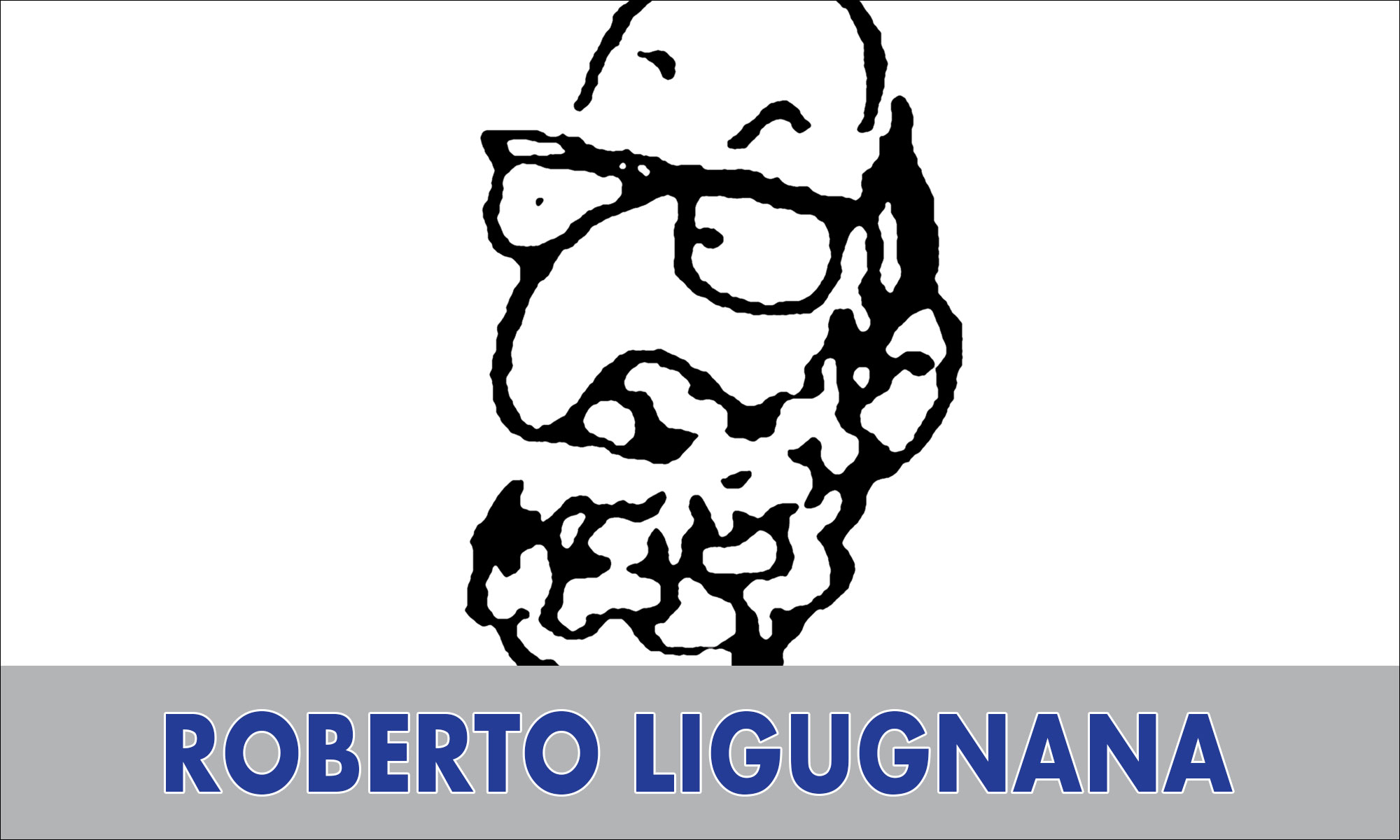Dust in American homes is a teeming “microbial zoo,” containing more than 5,000 species of bacteria
The smorgasbord varies a bit by geography, how many men and women are in the household and what pets you may have – but it is always a menagerie of unseen life, according to the study, published today in the journal Proceedings of the Royal Society B.
The findings could eventually lead to breakthroughs in forensic investigation and controlling allergens, according to the scientists.
“Every day, we’re surrounded by a vast array of organisms in our homes, most of which we can’t see,” said Noah Fierer, a co-author of the study from the University of Colorado at Boulder. “We live in a microbial zoo, and this study was an attempt to catalog that diversity.”
Some 1,200 homes from across the continental U.S. were analyzed, using data collected from the Wild Life of Our Homes citizen science project.
Fungi was a better indicator of geographic location, since most of it comes indoors from soil and leaves, they added. However, bacteria is an indicator of the occupants of the house. Cats and dogs leave their mark on the biome – and so do the gender ratio of the residents.
“One of the key takeaways is that if you want to change what you breathe inside your house, you would either have to move very far away or change the people and the pets you live with,” said Albert Barbaran, a graduate student from CU-Boulder who was lead author.
Household dust also contains many other components, including dried-food particles, pollen, fabric and parts of insects, according to prior studies.

















